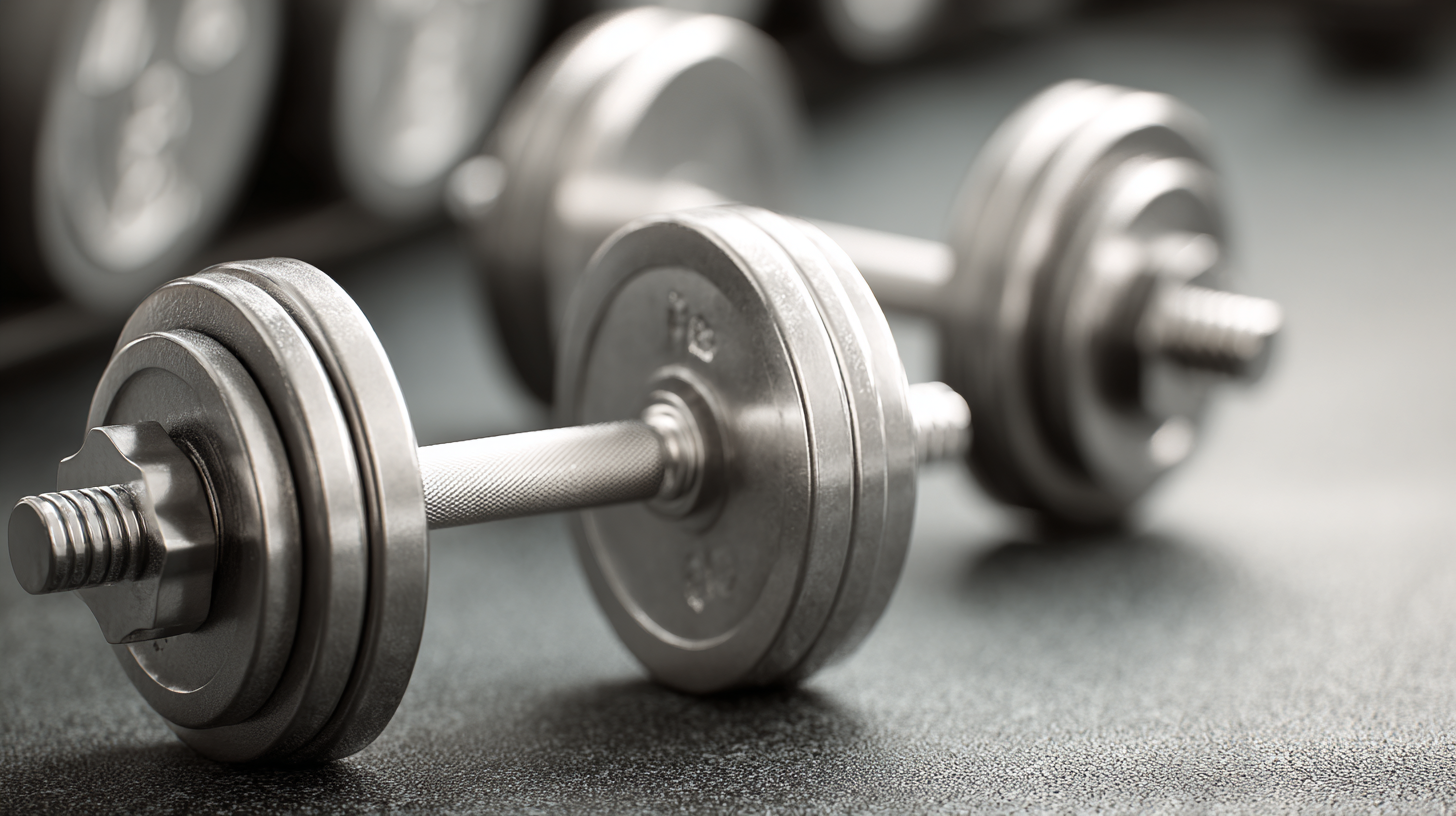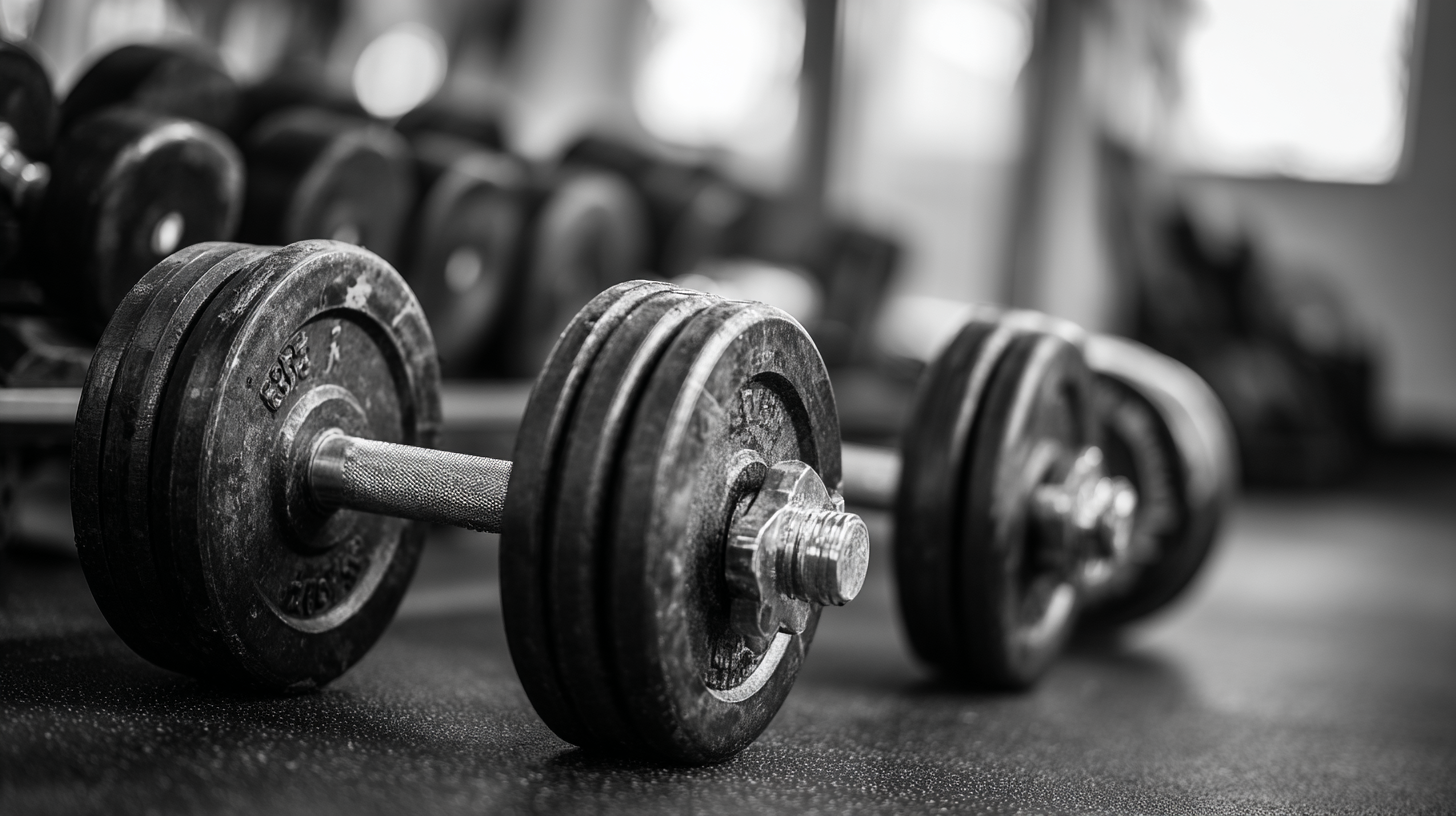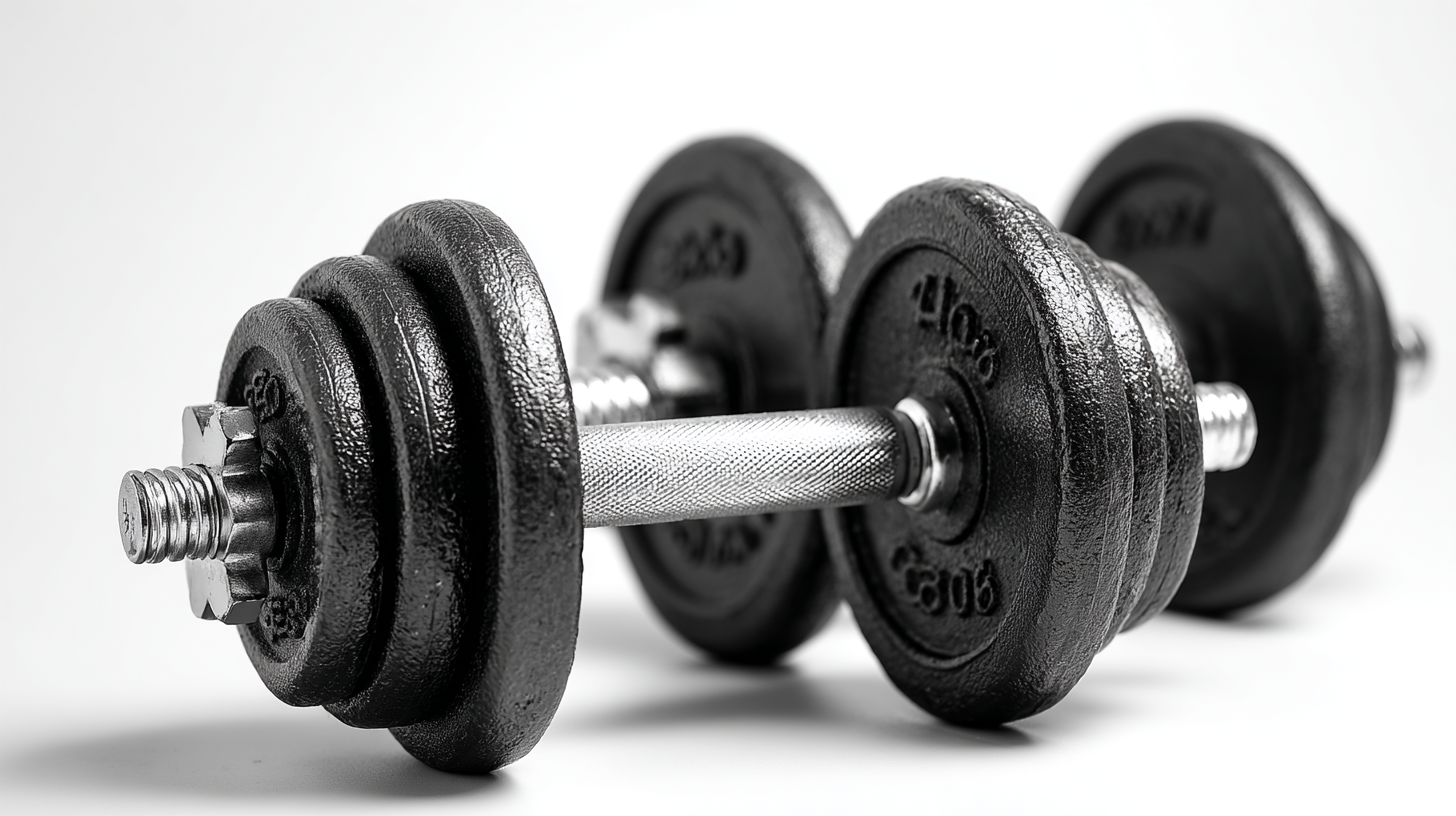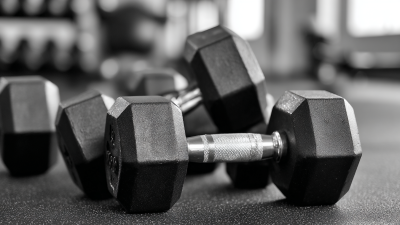Dumb Bells are a staple in strength training, widely recognized for their versatility and effectiveness in enhancing workout outcomes. According to a report from the International Health, Racquet & Sportsclub Association (IHRSA), approximately 75% of fitness enthusiasts incorporate Dumb Bells into their routines, highlighting their fundamental role in strength-building programs. A study published in the Journal of Strength and Conditioning Research found that workouts utilizing Dumb Bells can lead to significant improvements in muscle strength and hypertrophy, often surpassing results from machines due to the necessity for stabilizer muscle engagement. With the right techniques and strategies, individuals can optimize their workouts and achieve maximum results. In this guide, we will explore effective methods to elevate your Dumb Bell training, ensuring that you make the most of your workouts and reach your fitness goals efficiently.

Dumbbell workouts are an effective way to enhance both strength and endurance, making them a staple in many fitness regimens. According to a study published by the American College of Sports Medicine, resistance training, which includes the use of dumbbells, is proven to improve muscular strength and endurance. Participants in their research who engaged in regular dumbbell workouts demonstrated a significant increase in muscle mass and strength, with a reported 15-20% improvement over a 12-week period.
Furthermore, dumbbells offer a versatile approach to training that targets various muscle groups simultaneously. A report from the National Strength and Conditioning Association highlights that exercises like dumbbell presses, rows, and lunges engage stabilizer muscles, leading to improved overall functional fitness. This multidimensional training method not only boosts endurance but also enhances coordination and balance, thereby reducing the risk of injuries. Incorporating dumbbell routines into your workout can provide a comprehensive strategy for achieving greater stamina and strength over time.
 When using dumbbells to enhance your workout effectiveness, proper form is crucial to prevent injuries and maximize results. One key technique is to maintain a neutral spine throughout your exercises. This means avoiding excessive arching or rounding of the back, which can lead to strain. Engaging your core will help stabilize your body and support your spine during movements such as overhead presses or bent-over rows. Always keep your shoulders back and relaxed to reduce the risk of shoulder injuries.
When using dumbbells to enhance your workout effectiveness, proper form is crucial to prevent injuries and maximize results. One key technique is to maintain a neutral spine throughout your exercises. This means avoiding excessive arching or rounding of the back, which can lead to strain. Engaging your core will help stabilize your body and support your spine during movements such as overhead presses or bent-over rows. Always keep your shoulders back and relaxed to reduce the risk of shoulder injuries.
Additionally, it's important to control the weight during each repetition. Avoid swinging the dumbbells or using momentum; instead, focus on slow, controlled movements. This not only enhances muscle engagement but also protects your joints. For exercises like bicep curls or tricep extensions, ensure that your elbows stay close to your body. Finally, always warm-up adequately before your workout, as this prepares your muscles and joints, enhancing flexibility and reducing the chances of injury while lifting.
 Progressive overload is a fundamental principle in strength training that emphasizes the need to gradually increase the demand placed on your muscles over time. By systematically challenging your body, you stimulate muscle growth and increase strength more effectively. When utilizing dumbbells, this means not just lifting the same weight repeatedly, but instead varying your routine to include heavier weights, more repetitions, or additional sets. This continual challenge forces your muscles to adapt, leading to greater gains in strength and size.
Progressive overload is a fundamental principle in strength training that emphasizes the need to gradually increase the demand placed on your muscles over time. By systematically challenging your body, you stimulate muscle growth and increase strength more effectively. When utilizing dumbbells, this means not just lifting the same weight repeatedly, but instead varying your routine to include heavier weights, more repetitions, or additional sets. This continual challenge forces your muscles to adapt, leading to greater gains in strength and size.
To implement progressive overload with dumbbells, you may start by determining your current maximum weight for a specific exercise. As you become comfortable with that weight over several workouts, it’s time to increase it—whether by adding 2.5 to 5 pounds at a time or by increasing the number of repetitions. Additionally, altering your workout routine, such as changing the tempo of your lifts or reducing rest periods, can also promote progressive overload. By consistently adjusting these variables, you create an environment for your muscles to thrive, ultimately enhancing your training results and achieving your fitness goals.
Incorporating both compound and isolation movements into your dumbbell workout routine is essential for achieving optimal muscle development. Compound movements, such as dumbbell squats and bench presses, engage multiple muscle groups simultaneously, promoting overall strength and coordination. These exercises are particularly beneficial for building foundational strength and enhancing functional fitness, allowing you to lift heavier weights as you progress.
On the other hand, isolation movements, like dumbbell bicep curls and tricep extensions, allow for targeted training of specific muscles. By focusing on a single muscle group, you can achieve greater muscle hypertrophy and definition. Combining these two types of exercises ensures a balanced workout that maximizes growth while preventing muscle imbalances. For best results, include a mix of both in your routine, adjusting the volume and intensity to match your fitness goals, whether it's muscle gain, fat loss, or overall strength improvement.
When it comes to tracking your progress in strength training with dumbbells, incorporating technology can significantly enhance your workout outcomes. Smart fitness devices, like wearables, offer a range of features designed to monitor and analyze your performance. Research shows that individuals using fitness trackers are 30% more likely to reach their workout goals compared to those who don’t utilize any tracking methods. Utilizing devices that measure key metrics, such as heart rate and calories burned, provides invaluable insights that can help fine-tune your training regimen.
Moreover, fitness applications have evolved to offer personalized workout plans and track progress over time. A recent survey found that 72% of users of fitness apps reported feeling more motivated to continue their fitness journey. Many of these apps include features for logging weights lifted, repetitions completed, and overall workout duration, making it easier to visualise progress. By consistently recording your workouts and regularly assessing this data, you can adjust your training intensity and volume effectively, leading to better results and a reduced risk of injury. Leveraging smart technology not only keeps you accountable but also enhances your overall strength training experience.
| Date | Exercise | Sets | Repetitions | Weight (lbs) | Notes |
|---|---|---|---|---|---|
| 2023-10-01 | Dumbbell Bench Press | 4 | 10 | 30 | Increased weight |
| 2023-10-03 | Dumbbell Rows | 4 | 12 | 25 | Good form |
| 2023-10-05 | Dumbbell Shoulder Press | 3 | 10 | 20 | Focus on control |
| 2023-10-07 | Dumbbell Squats | 5 | 15 | 35 | Feeling strong |






